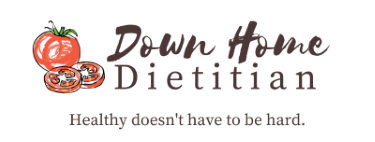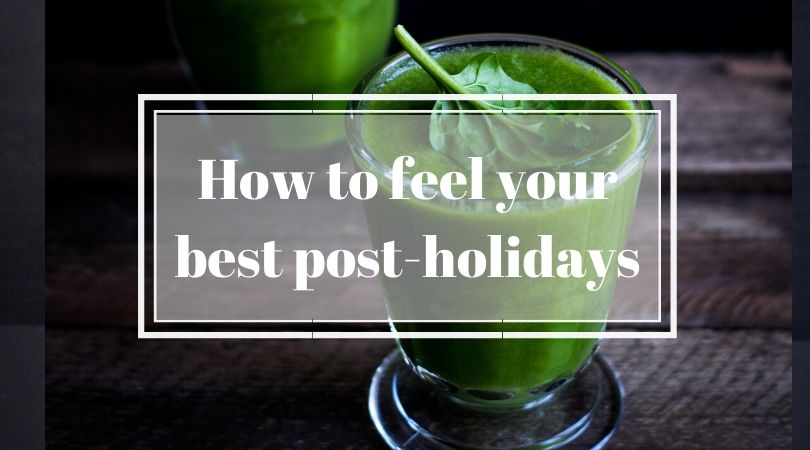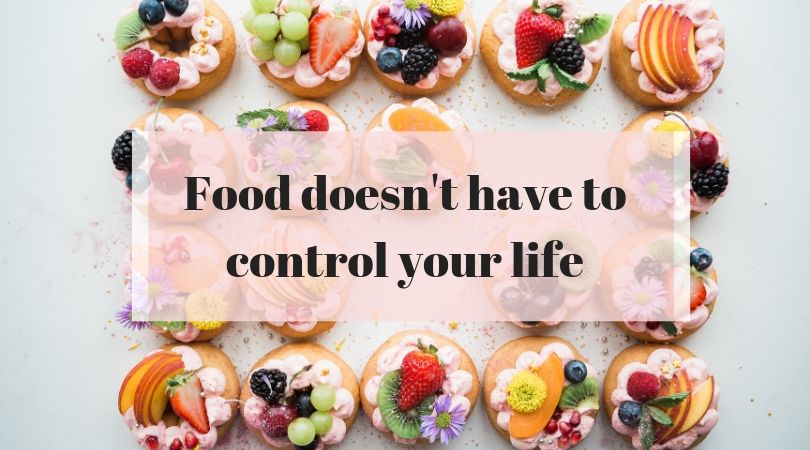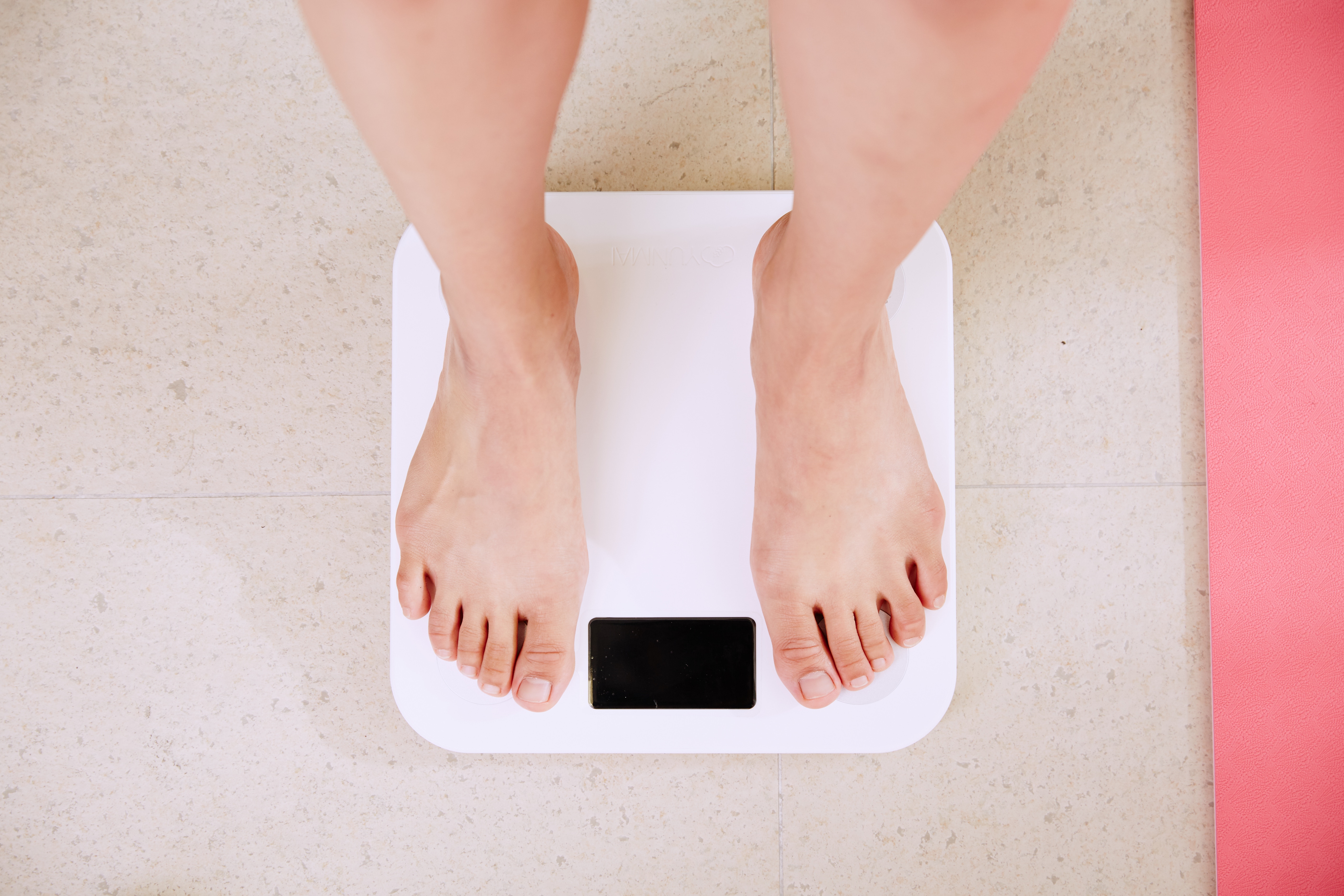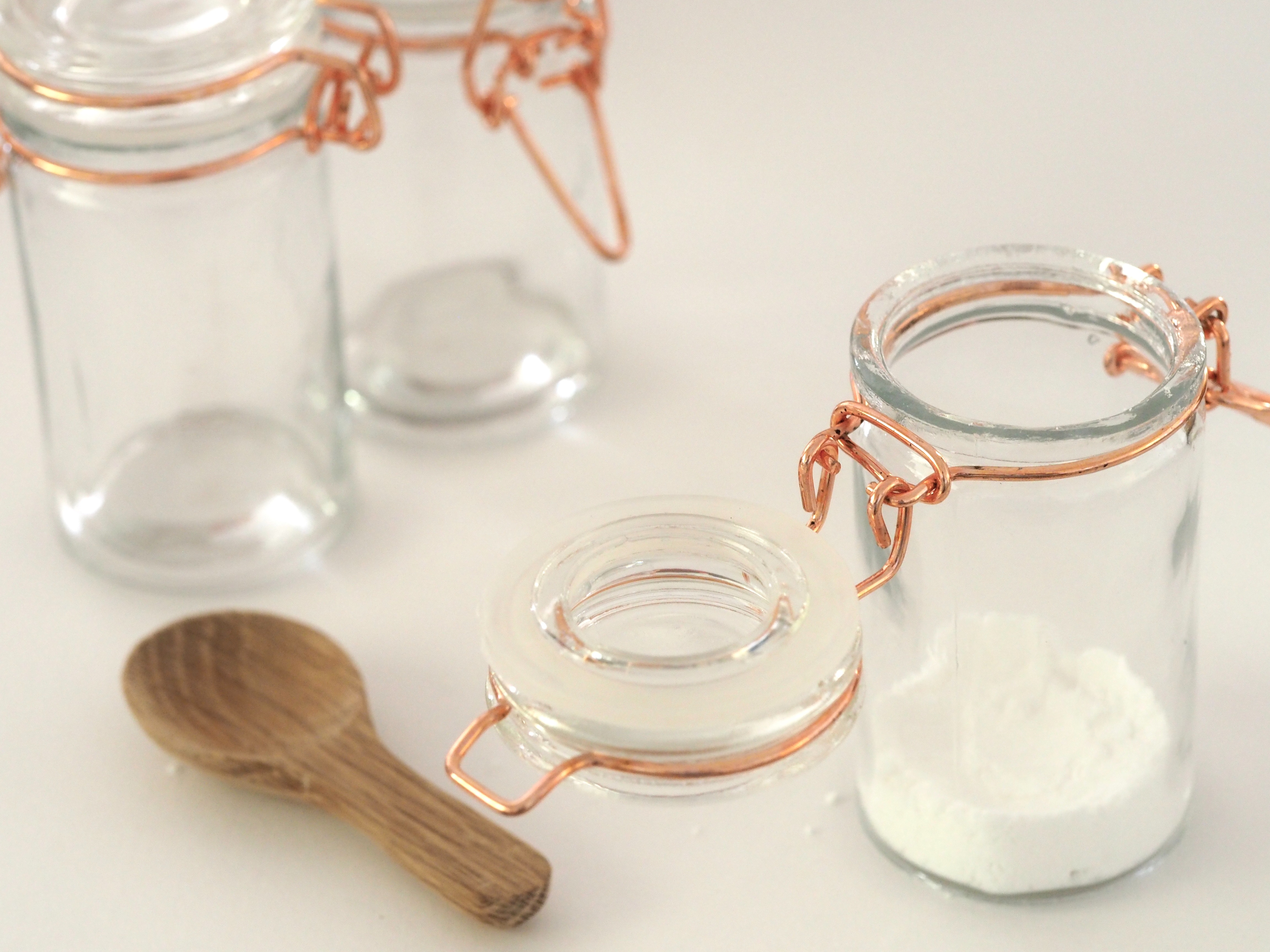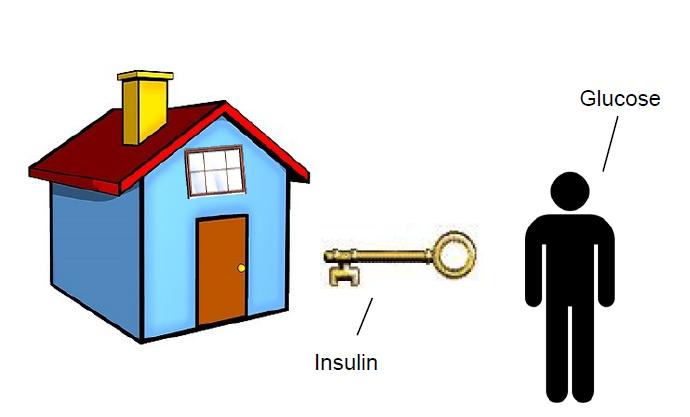I’ve already been asked this question by three clients this year, so I figured it’s probably a good topic for a post!
Question: How can I detox from all of my holiday eating?
Answer:
The term “detox” is actually misleading, since if your kidneys and liver are functioning properly, it’s not likely that your body is accumulating toxins. They do a pretty good job of keeping those at bay! However, after a couple weeks of holiday partying you’re probably not feeling your best. Common complaints include:
- Swelling/rapid weight gain – When you eat more sodium than your body is used to, the sodium binds with water in your body and causes you to retain a bit of extra water weight.
- Inflammation – High intakes of sugar, alcohol, and certain types of fat (that like to come out at parties) are inflammatory. Not to mention we tend to eat more of the foods that our individual bodies just “don’t agree with” at holiday times. This can lead you with a dose of extra inflammation for a bit afterward.
- Headache – This is likely to due either to hangover, inflammation, or dehydration (or a combo).
- Digestive…um…disturbances – These can vary across the spectrum from constipation to diarrhea to gas and bloating. This is usually related to eating foods that your normal collection of gut bacteria are not used to. They aren’t prepared for it and have a hard time helping you digest. Thus, disturbances.
- Low energy – Sugar crashes, the effects of alcohol, and lack of vitamins and minerals can leave you feeling sluggish.
- Heartburn – This one can be caused by eating more food overall, or specifically more fat, sugar, alcohol, or high-acid foods.
- Guilt – I gotta throw this one in here, since many people feel badly about their actions after holiday eating
The good news is, most of this is temporary. If you go back to your usual routine you’ll probably feel normal again after a few days or a week. If you want to speed up the process, here are some tips to feel your best as soon as possible after the holidays.
- Hydrate – The number one thing you can do to resolve most of the issues above is to hydrate. Drinking water, tea, and black coffee can help to flush out extra sodium, which in turn can help resolve water retention. Seems backwards, but it’s true. Hydration can also help with digestion, energy, and headaches. Aim for 100 oz of fluid per day for a couple of days. Bonus: Green tea is loaded with anti-inflammatory antioxidants, so it’s a great option.
- Get 4-5 fruit and vegetable servings per day – Water content in produce helps with hydration, and the antioxidant vitamins and minerals in these nutritious goodies fight inflammation and should get your energy back on track.
- Go easy on sodium – Extra sodium is causing that buildup of fluid and contributing to dehydration at the same time. Steering clear of high-sodium foods like processed meats, canned/boxed foods, or restaurant meals for a couple of days can help kill the bloat.
- Be active – Moving your body helps reduce inflammation and promote healthy digestion and circulation (that gets the water weight out quicker)!
- Don’t beat yourself up – Easier said than done when our diet-crazed culture is coming at ya swinging, particularly at the start of the year. Do. Not. Feel. Bad. For. Enjoying. Food. You are under absolutely no obligation to dwell on your holiday eating behavior. If you feel physically bad, make a few healthful choices today and head in a direction that makes you feel good. There is absolutely no worth in kicking yourself for enjoying your holidays. In fact, I encourage it! What is a healthy life for if not to be enjoyed?
You Might Also Like
Why You Shouldn’t Commit to a Diet this New Year (and what you should do instead)
Eating to Support Healthy Gut Bacteria
